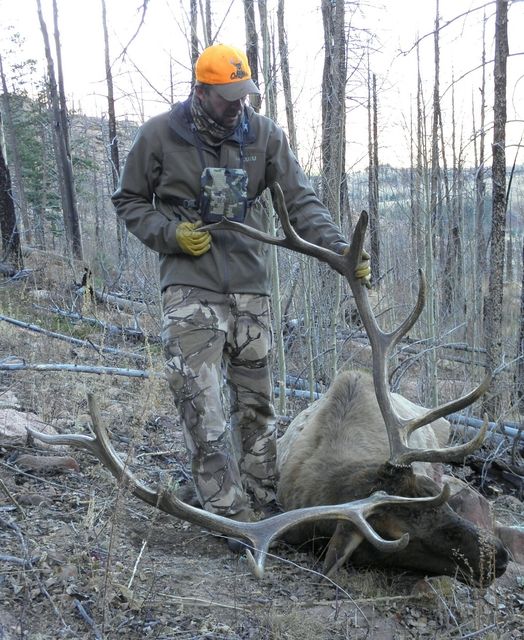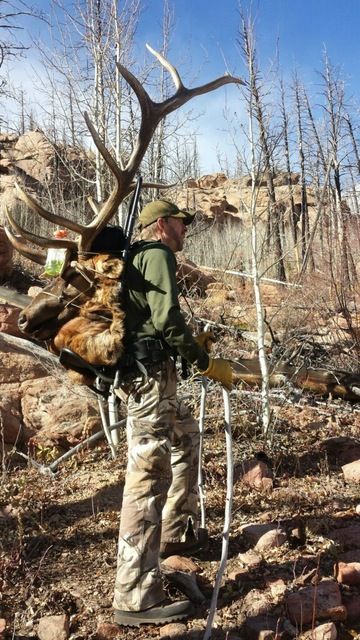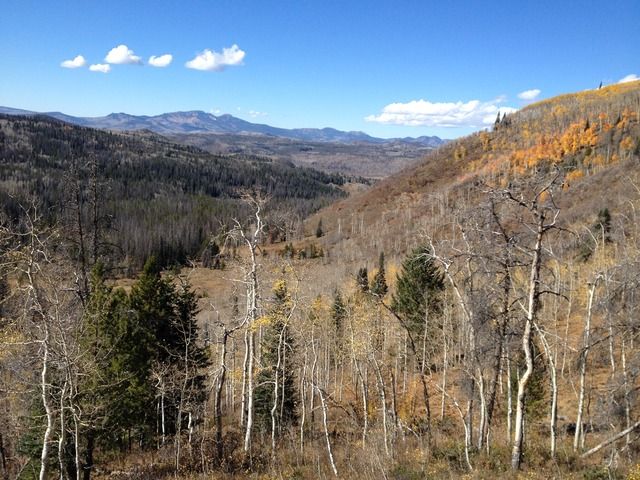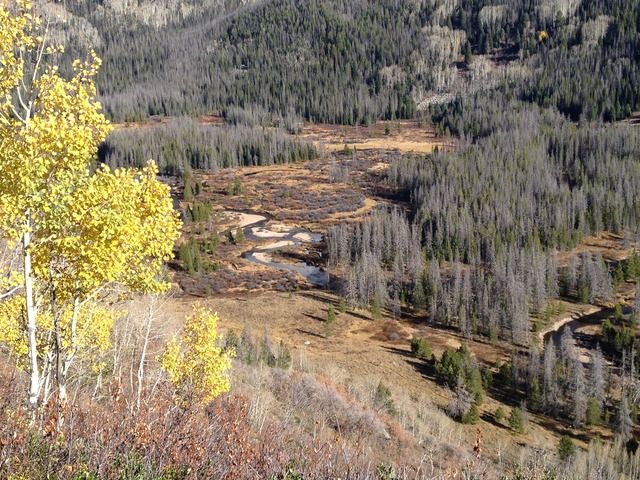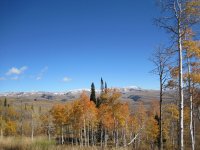Found this advice about acclimating to the altitude.
I'd want at least a week to aclimate up to about 11,000 feet. I'd do the 1000 feet a day thing then spend a few days at or a little below treeline if I planned to be doing a lot of hiking at altitude. It's beautiful up there, but until you aclimate everything becomes harder, even if your in great condition.
Anyone coming from lower altitudes to 8,000 feet or more may experience headaches, unusual fatigue, nausea, loss of appetite, difficulty sleeping, and lassitude. Expect, also, that you’ll do some heavy breathing, even after you acclimatize. These physiological responses are discomforting, but not serious.
Here are a few thoughts on preventing altitude problems:
1. Above 8,000 feet, ascend no faster than your ability to acclimatize–an average of 1,000 feet per 24 hours of sleeping gain (sleep no more than 1,000 feet higher than the night before).
2. Drink plenty of water.
3. Eat plenty of carbohydrate-rich, low-fat foods.
4. Consult your physician about the uses of acetazolamide to prevent mild altitude illness. I think it’s better to take the time to acclimatize, though.
If you feel sick, do not go up until the symptoms go down, exercise lightly, and drink plenty of water. If the symptoms do not go down within two days, you should. People who do not acclimatize–meaning feel better–in two days might be developing a serious form of altitude illness.
I'd want at least a week to aclimate up to about 11,000 feet. I'd do the 1000 feet a day thing then spend a few days at or a little below treeline if I planned to be doing a lot of hiking at altitude. It's beautiful up there, but until you aclimate everything becomes harder, even if your in great condition.
Last edited:



